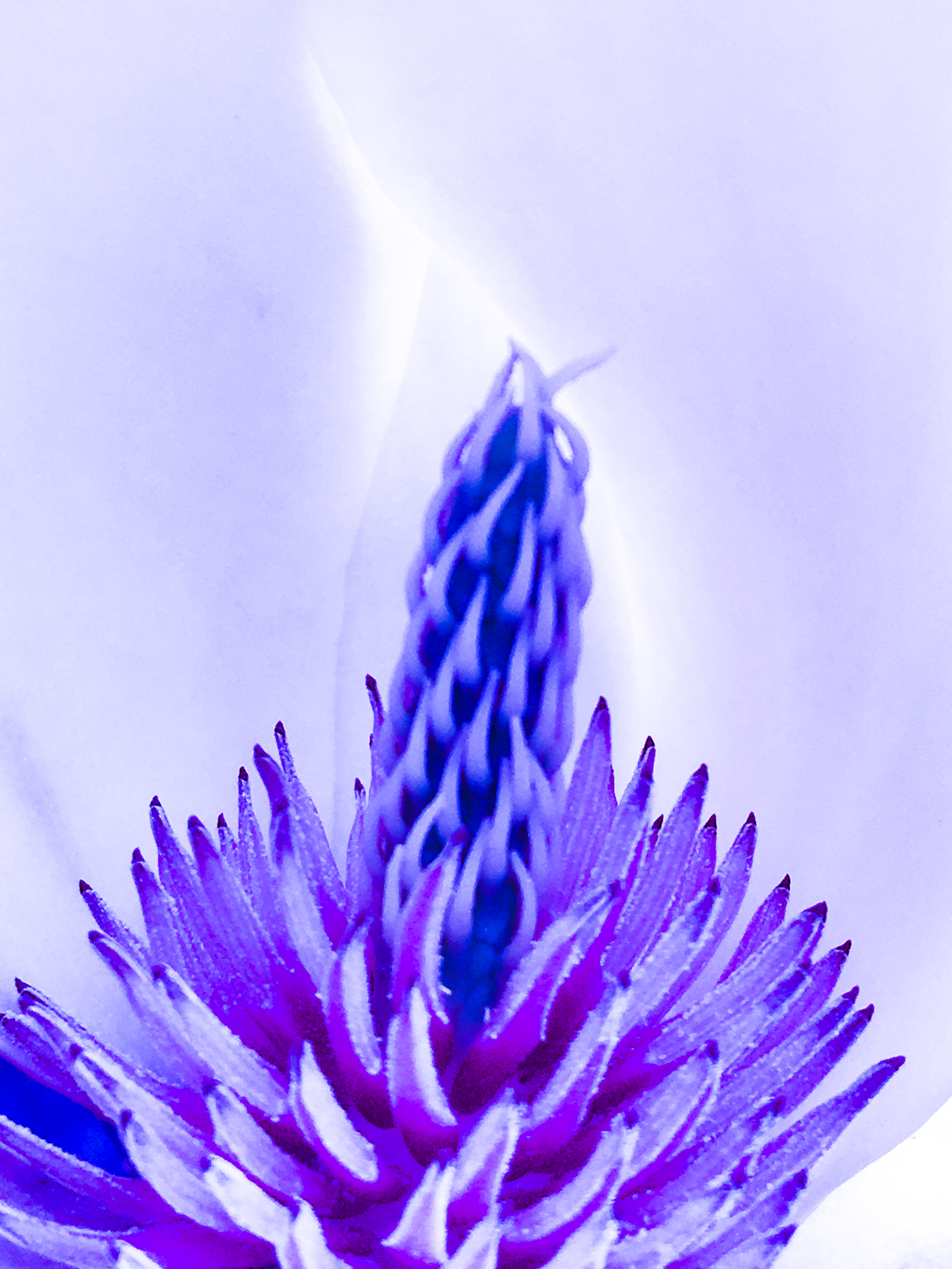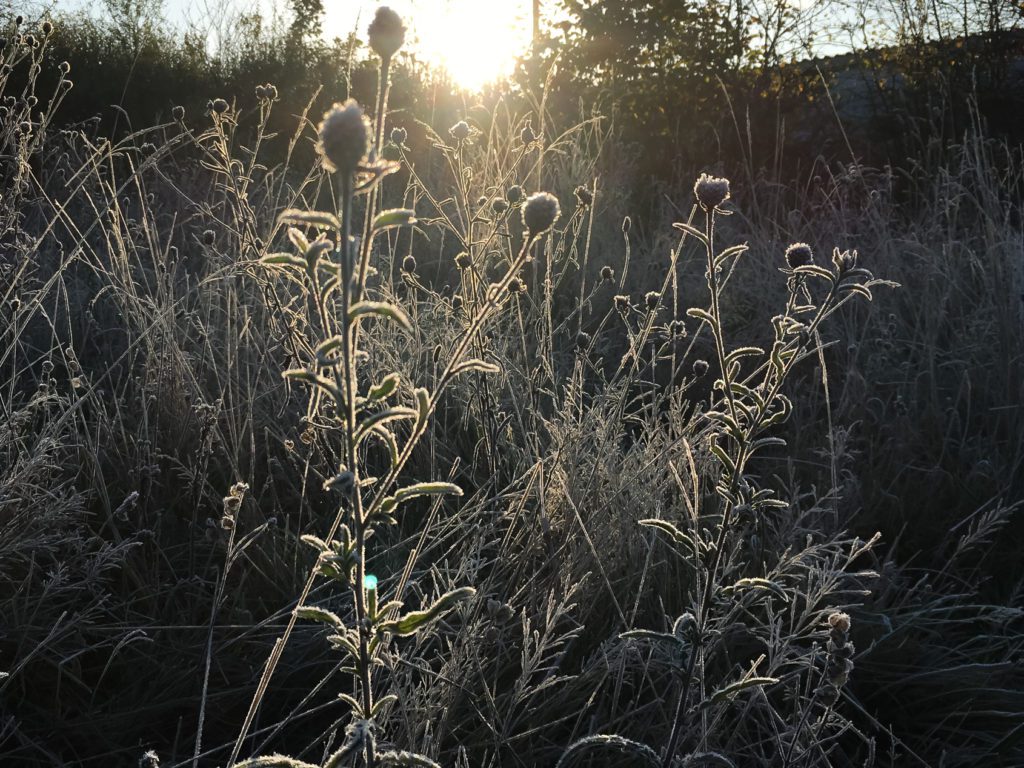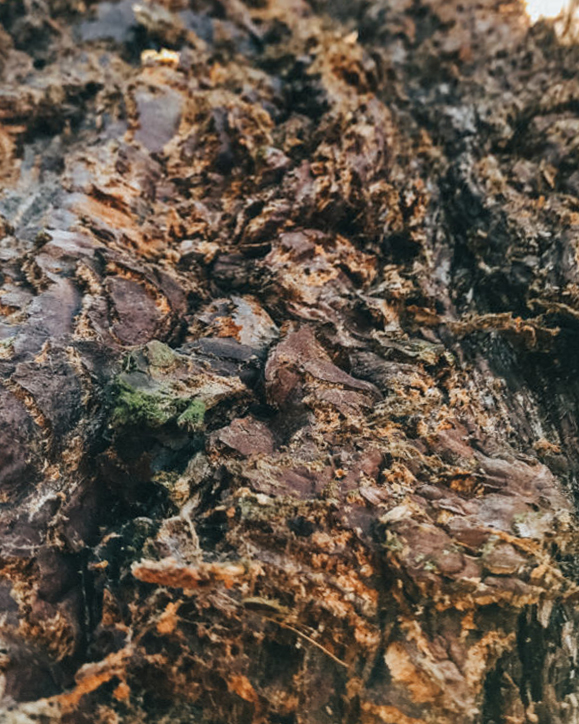

07 Feb ARD 517 beginning
This module is designed to develop the personal artistic path of each student.
The first and probably the most important task is to find answers to the questions: What do I want to do? What interests me? What do I want to show? Before I go into these answers, I want to show you an article here that I received from Stephen King, my tutor.
I publish the article in its entirety, because I believe that its content is extremely valuable.
This is a wonderful text by Bill Jay, “The Thing Itself- The fundamental principle of photography “
From: Occam’s Razor – An Outside-In View of Contemporary Photography 1992.
For more than 30 years I have been deeply involved with the medium of photography; for most of that time I have directed my lectures and writings at young(er) photographers.
Hopefully my own attitudes to the medium will continue to evolve; certainly, they have undergone continuous change. In looking back at the last three decades, however, I have been aware that one fundamental attitude has remained at the core of all my experiences in the medium. It is this “frame of reference” which I would like to share with you in a single article.
I am not claiming that this principle of photography is radical, different or new. On the contrary. I believe that it is familiar and basic – which means that it deserves and demands constant repetition, in an age when principles are often impugned, as if they no longer held relevance.
But like all fixed Rules, it must also be accompanied by flexible strategies, accounting for individual images of insight and brilliance which, seemingly, ignore the principle we will discuss. But it is there, and no less crucial for being hidden, like the foundations of a building.
Perhaps the most obvious, and therefore the most contentious, issue of photography is the medium’s inseparable relationship to The Thing Itself. Photography performs one function supremely well: it shows what something or somebody looked like, under a particular set of conditions at a particular moment in time. This specificity has been, and remains, photography’s boon as well as its bane.
It was not by chance that photography was born in the early 19th century when a deterministic spirit was fueling the Victorian’s fanaticism for facts.The camera, along with the microscope and the telescope, became one of the primary
instruments for investigating the details of reality. Deeply and strongly rooted in subject matter, the medium has had an uneasy and tenuous alliance with authorship since its introduction. Therefore, what a photograph depicts has generally taken precedence over what a photograph means.
The advantage inherent in this notion is that photography has become an increasingly useful tool in our society for the transmission of information about every conceivable aspect of life.
The “disadvantage,” is that while a photograph is directing attention to its subject, it is de-emphasizing the role of the individual who made it. Indeed, in the vast majority of photographs, even those of extraordinary impact in our lives, we have no knowledge of, or interest in, the author. Attempting to make individualized (artistic) photographs in this environment is a bit like discussing metaphysics at a football stadium during the Super Bowl. This does not mean that the attempt is without value; it may indeed influence your neighbor. But it does mean that the chances of being recognized by the public at large is less than likely.
The act of photography is a similarly private act, unlikely to be rewarded or even noticed by society in general. The young photographer must come to terms with this fact. A photographer with artistic aspirations has a very small audience – one which is increasingly congregating within the faculty at colleges and universities. These institutions have replaced the church and the princes as the major patrons of the arts in our society. Indeed, about the only way it is possible to earn a healthy living from being a photographic artist is to become an academic. And this is the primary value in attending graduate school – to earn the qualifications necessary to become employed as a college teacher/art photographer. In this role, the artist has the freedom to expand his/her creative potential.
I have mentioned the arts in academia in order to throw an oblique light onto a previous assertion. It is this: most of the Great Names used in academia, for the inspiration and edification of students, would not be eligible for graduate studies, let alone as faculty members. Most of them were professional photographers, earning their livings on assignment in journalism, industry, fashion, medicine,and a host of other photographic applications. My point is that great (even artistic) photography is not a function of environment or a prerogative of academia.
A corollary of this point is that you cannot be a photographer by aspiring to be one, or by learning everything there is to be known about photography.
Photographers produce photographs. And many of them. Like every other skill, photography is learned by continuous and dedicated practice.
One well known photographer came to stay at my home and shocked the local photo-dealer by ordering 1,000 cassettes of 35mm film. I assure you that every frame had been exposed within one year. That equals an average 100 frames per day, seven days a week. Another photographer friend shoots a roll of film every day “even when not photographing” because, he says, “it is essential to keep the eye in training. ” It is true that these two examples are of particular types of photographers but nonetheless the principle remains: you do not become good at anything unless you do it earnestly, regularly and, yes, professionally.
The truth inexorably leads to a single, but usually ignored, matter of fact: in order to photograph with any degree of continuous passion, you must have a fascination for the subject, otherwise you cannot sustain an interest in the act of creation for a long enough period of time in which to make any insightful or original statement about it. In spite of its seemingly heretical slant (in this day and age) what you photograph is usually more important than how you photograph it.
The photographer is, first and foremost, a selector of subjects. The photographer makes a conscious choice from the myriad of possible subjects in the world and states: I find this interesting, significant, beautiful or of value. The photographer walks through life pointing at people and objects; the aimed camera shouts “look at that!” The photographer produces pictures in order that his or her interest in a subject can be communicated to others. Each time a viewer looks at a print, the photographer is slaying “I found this subject to
be more interesting or significant than thousands of other objects I could have captured; I want you to appreciate it too. “
This immediate emotional or intellectual response to the subject matter is at the core of photography. Its periphery is the photographer’s manipulation of framing, focus, exposure, lighting, and all the other variables, in order that a bland record is invested with depth through the production of an intriguing image.
I have stressed the importance of subject matter because it is the fundamental principle of photography – and, paradoxically, the least discussed area of the medium, especially to young photographers. I can understand this reluctance. We all have grandiose aspirations for, and expectations from, photography and
this leads to a plethora of concepts, as well as aesthetic and critical theories which, when heaped on the back of photography, bring the medium to its knees, not in homage but in defeat. The fact of the matter is that photography cannot bear the intellectual weight with which it is fashionable to burden it. Photography is not an intellectual game but an emotional response to charged living.
After a critical essay of mine appeared in print, Ralph Steiner would often write me a funny, provocative and stimulating letter. But he would end with the words: “but you still have not told me in which direction to point the camera – and this is what matters. ” And he is right.
However, giving specific advice on what to photography would not be appreciated even if it was possible. The answer is provided by a question: What are you really interested in? In other words: What is it that can sustain your enthusiasm for a long time? I advise young photographers to be overly pragmatic in answering such questions. First, list all those subjects which fascinate you – without regard to photography, i. e. what would you be doing if there was no such thing as a camera. After the list is made, you then start cutting it down. Eliminate those subjects which are not particularly visual. For example, existential philosophy can be deleted. Then cut out those subjects which are impractical, for one reason or another. For example, I have always been fascinated by Patagonia but, as I live in Arizona, it is not a subject which I can shoot at available hours and weekends. The subject must not only be practical but also accessible. Also eliminate those subjects about which you are ignorant, at least until you have conducted a good deal of research into the issue. For example, you are not making any statement about urban poverty by wandering back streets and grabbing shots of derelicts in doorways. That’s exploitation not exploration.
Continue similar reductions in your list of interests until two or three subjects remains, all of which a.) fire your enthusiasm b.) lend themselves to images, as opposed to words c.) are continuously accessible.
Let me give you an example. As a teacher I encounter a great number of photographic students who are active in college life, naturally emotional about many aspects of education, and who spend the greater part of their waking life on campus. But in the past 15 years, and over 1,000 students later, I have never seen a photographic project based on what it is like to be a college student. In fact, it is rare indeed to see a photographic student carrying
a camera.
Instead, they select subjects which they assume their professors (or the art community at large) expect from a photographer and wonder why they cannot sustain any interest in making pictures. Photography has become a grade- producing chore and the thrill of visually confronting the world has lost its sharp edge of discovery, the original reason, perhaps, why the student became a photographer.
But back to the list. . . with some hesitancy, I admit, I would recommend one further elimination process. It is this. When you have two or three visually possible and accessible subjects, all of which interest you equally, it is no compromise to select the subject which others are more interested in viewing. The state of being human dictates that some things are visually more interesting than others.
As a lecturer, I am well aware that, it is difficult to transmit information to a disinterested, bored audience. You must engage and hold the audience’s attention before the content can flow. It is the same with images. Just be aware that some subjects are more accessible and interesting to the lay person than others – and it is deliberately perverse to ignore this consideration. There is a very fine line between pandering to popular appeal and a respectful consideration of viewers’ interests, and only the integrity of the photographer will hold the balance.
All this talk about emphasizing subject matter might indicate that I am only advocating a strict, straight recording of objects. But this is not so. I have been talking about starting points. I do believe that the narrower and more clearly defined the subject matter, the more scope there is for a continuing evolution of complexity and, hence, the greater the latitude for personal interpretation. An analogy might help to explain my point.
I have recently relandscaped my front yard and now need to plant trees. I could have an “instant” tree by collecting an assortment of trunks, branches, twigs and leaves and assembling the parts. But the tree would be dead. The starting point for a living, growing tree is a seed or a sapling. Then by careful nurturing, and a good deal of patience, a tree will grow – often into a form which could not have been foreseen.
It is the same with a body of work, of any merit, in photography. The greatest scope for deep-rooted, organic growth begins with the most simple premise.
The alternative is a frantic grasping for instant gratification which merely leads to works displaying visual pyrotechnics but of dubious depth and resonance. This is the fallacy of form. Young photographers are often pressured into an emphasis on individual style, a search for distinction, a quest for newness and differentness. Yet the truth of the matter is that a unique style is a byproduct of visual exploration, not its goal. Personal vision only comes from not aiming for it. In dim light, objects emerge from the gloom when not looking at them. It is the same with style; paradoxically, it is a natural, inevitable result of emphasizing subject, not self.
And this principle brings up an equally important correlation between subjectand self. If it is perceived to be important that the self should be ultimately revealed, the question arises: What is the nature of this “self”? If the self is shallow, narrow and inconsequential, so will be the resultant photographs. It seems an extraordinary presumption that every photographer has a depth of character which demands revelation!
Inevitably, most photographers would do the world a favor by diminishing, not augmenting, the role of self and, as much as possible, emphasizing subject alone. This is not meant to be facetious. Such photographers would be members of an august group – the majority of photographers throughout the medium’s history, most of whom remain unknown as personalities. However, the emphasis today is on a cult of personality and individualism, and I presume that the majority of young photographers who encounter these words are anxious to assert self. Like all noble aims, however, it is not achieved without varying degrees of responsibility and hard work. The young photographer must develop a photographic conscience.
What I mean by this term is this: If the subject of the photograph is the vehicle for profounder issues, then it is the photographer’s responsibility to think and feel more deeply about those issues. That sounds self-evident. But how is it achieved? By a seriousness of spirit. And how is that achieved? By engaging on a quest for self-knowledge which invests the act of living with greater energy and commitment. I am well aware that this sounds very nebulous. You cannot wake up one morning and assert: today I will be aware and more alive. It starts like self-expression, with a concentration of focus – on the subject matter. It presumes that the subject deserves not only looking, but also thinking, reading, writing, talking as well as photographing – earnestly and energetically.
I once watched a television interview with a great violinist. The interviewer asked him to describe a typical day. The musician said he read scores over breakfast, then composed music in the morning, thought about music during a walk, practiced the violin in the afternoon, played in a concert in the evening,met with musician friends to play together, then went to bed dreaming of the violin. The interviewer was aghast – it seemed such a narrow life. “Yes,” said the violinist, “Initially my life was becoming narrower and narrower in focus. But then something extraordinary happened. It is as though my music passed through the tiny hole in an hour glass and it has since become broader and broader. Now my music is making connections with every aspect of life. “
In this sense photographers are photographers one hundred per cent of the time, even when washing dishes. The ultimate aim is an oscillation between self and subject with the image being a physical manifestation of this supercharged interface between the spirit and the world.
It demands reiteration: this conscience of the photographer is not learned, not appropriated, not discovered, not acquired quickly or without effort. It is a function of the photographer’s life. And it begins with an intense examination of The Thing Itself.
If this presumes too much, I make no apologies. The young photographer, unwilling to develop such a conscience, can always move on to some other activity, without failure or shame, or join the army of hobbyists who derive great pleasure from their images, or employ the medium in its honorable role of documentation without artistic presumption. My concern is with those who engage in artistic posturing and shallow assumptions, using photography as if it was a clever trick and employing stylistic devices in a sleight of hand which deceives the eye.
An earnest and honest appreciation of subject matter is the genesis of a clearer, deeper vision. Photography is rooted in The Thing Itself.
Now, is the time for my answers.
I want to concentrate on still life photography ( mainly flora)
This is directly related to the work that I have been doing so far for my own pleasure. I would like to start my work by looking for inspiration in the works of great masters of Renaissance, Baroque, Mannerism to the present day. I want to experiment with lighting (chiaroscuro), color, texture, and fractality of products.
I don`t know yet where this will lead me ( I am very curious about the results of this search ) because I am drawn to the works of Baroque, Flemish, and Italian masters of the brush, as well as unusual, almost surreal images of fractals and plant structures.
I am convinced that such an in-depth comparative analysis will help me find the area of artistic aesthetics in which I would like to find myself in the future.











Sorry, the comment form is closed at this time.